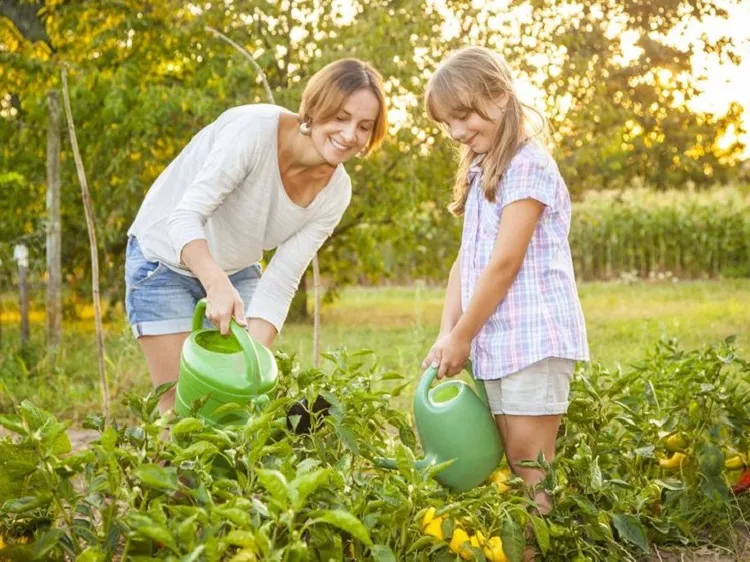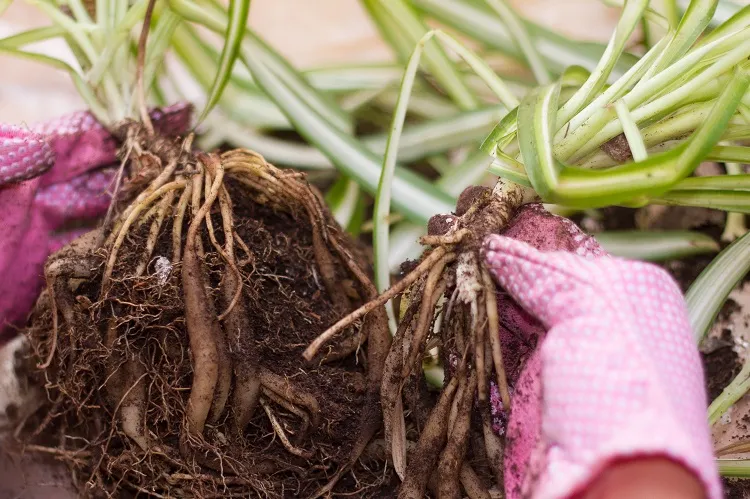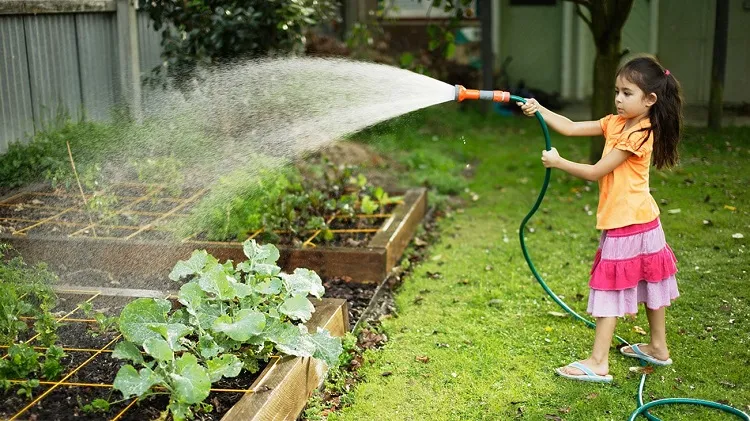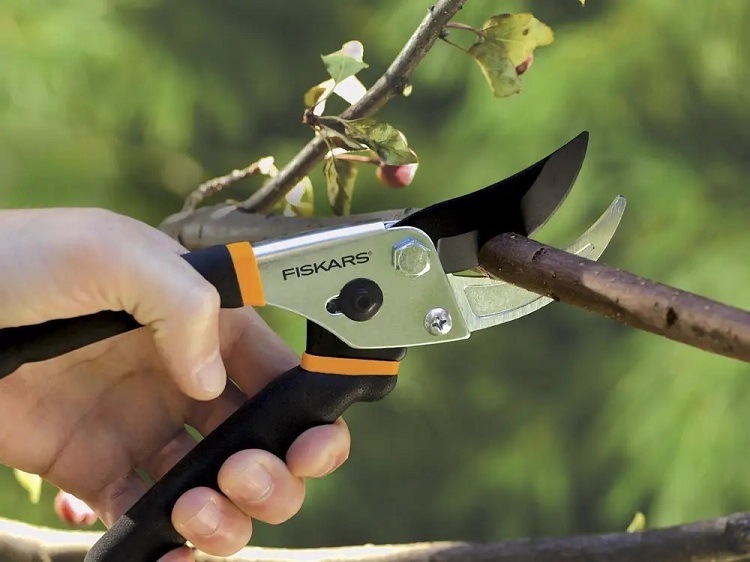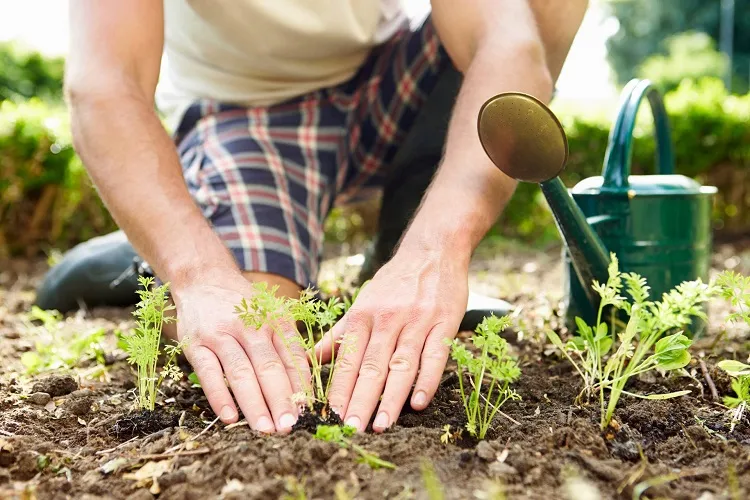As we transition from summer to autumn, September gardening plays a crucial role in preparing our gardens for the next season. This month involves a combination of wrapping up tasks from the current season and laying the groundwork for a successful garden in the upcoming months. From cleaning garden beds to planting autumn vegetables and preparing for winter, there are various essential chores and tips to ensure your garden thrives. In this comprehensive guide, we will delve into valuable September gardening tips, essential chores for the month, and what to plant to enhance your garden’s beauty and productivity.
September gardening involves a mixture of wrapping up the current season and preparing for the next. Performing tasks like tidying up, harvesting, dividing and transplanting plants ensures a smooth transition into autumn. What are the valuable September gardening tips you should know? Which plants to grow in fall?
What Chores Do You Do in the Garden in September?
What distinguishes September gardening tips from the care routines of previous months? As the vibrant colors of summer begin to fade, and the crisp autumn air sets in, September marks a transitional period for gardeners. It’s a time to prepare for the upcoming growing season and ensure your garden is ready for the cooler months ahead. From tidying up the soil to planning strategically, September gardening entails several significant tasks:
- Cleaning Your Garden Beds: Removing spent summer flowers, deadheading faded blooms, and eliminating yellowed or diseased leaves are essential tasks. Clearing out these remnants not only enhances the visual appeal of your garden but also prevents the spread of pests and diseases that could overwinter. Weeding is crucial to prevent rapid weed growth.
- Separating and Transplanting Perennials: Identify overcrowded perennials and transplant them to new locations. September provides the ideal conditions for this task, allowing plants to establish their roots before winter. Ensure adequate watering for newly transplanted specimens and apply mulch for insulation against temperature fluctuations.
- Harvesting Ripe Vegetables: In September, it’s crucial to harvest ripe vegetables promptly. Tomatoes, peppers, cucumbers, and beans reach their peak flavor during this period. Regular harvesting promotes continuous production and prevents overripening. Proper handling and storage of harvested vegetables are essential to prolong their shelf life.
Gardening Tips for September
As daylight hours shorten and temperatures cool in September, your gardening practices need to adapt. Here are some valuable September gardening tips to optimize your plant care during this period:
- Deep Watering: Despite decreasing summer heat, plants still require adequate hydration. Monitor rainfall levels and ensure your garden receives at least one inch of water weekly. Deep watering early in the day minimizes evaporation and benefits plant roots.
- Lawn Care: September is ideal for aerating and overseeding your lawn. Aeration facilitates nutrient absorption by grassroots, while overseeding promotes lush growth and fills bare patches, preparing your lawn for robust growth in the following months.
- Pruning Branches: Regularly trim overgrown branches that obstruct sunlight or pose risks to structures. Pruning improves airflow, reduces storm damage from falling branches, and enhances plant health.
 Slow-Release Fertilization: September is an opportune time to apply slow-release fertilizer to your lawn, trees, and shrubs. This nourishment sustains plant health throughout winter, ensuring vigorous growth in the subsequent seasons.
Slow-Release Fertilization: September is an opportune time to apply slow-release fertilizer to your lawn, trees, and shrubs. This nourishment sustains plant health throughout winter, ensuring vigorous growth in the subsequent seasons.- Compost Enrichment: While tidying your garden, collect leaves, plant debris, and organic matter for composting. This nutrient-rich compost will enhance soil fertility and benefit your garden in the upcoming spring.
What to Plant in Your Garden in September
Consider adding the following plants to your garden in September to enhance its beauty and productivity:
- Autumn Vegetables: Lettuce, spinach, radishes, and carrots thrive in cooler temperatures and tolerate light frosts, making them ideal choices for autumn planting.
- Spring-Flowering Bulbs: Plant tulips, daffodils, crocuses, and hyacinths in fall for vibrant blooms in early spring, adding color and cheer to your garden.
- Herbs for Winter: Chives, mint, and parsley can be planted in fall and grown indoors through winter. These herbs offer fresh flavors and culinary versatility during the colder months.
- Shrubs and Trees: Select shrub and tree varieties that thrive in your local climate. Fall planting allows these specimens to establish robust root systems for vigorous spring growth.
Explore more gardening insights: Gardening in September: When and how to collect tomato seeds for sowing?
Discover tips on Harvesting Peony Seeds in Autumn to Reproduce the Plant
Frequently Asked Questions
1. What are the essential September gardening tips to follow?
September gardening involves a mix of wrapping up the current season and preparing for the next. Key tips include cleaning garden beds, separating and transplanting perennials, and harvesting ripe vegetables promptly to maintain garden health and productivity.
2. Why is it important to clean garden beds in September?
Cleaning garden beds in September by removing spent flowers, deadheading blooms, and weeding is crucial to enhance garden aesthetics, prevent pest and disease spread, and prepare the soil for new growth in the upcoming season.
3. How should I water my plants in September?
Deep watering is essential in September despite decreasing temperatures. Ensure your garden receives at least one inch of water weekly, early in the day to minimize evaporation and promote healthy root development.
4. What lawn care practices are recommended for September?
In September, aerating and overseeding your lawn helps with nutrient absorption and promotes lush growth. Pruning overgrown branches, applying slow-release fertilizer, and enriching the soil with compost are also beneficial tasks for lawn care during this month.
5. Which vegetables and plants are suitable for planting in September?
Consider planting autumn vegetables like lettuce, spinach, radishes, and carrots, as well as spring-flowering bulbs, herbs for winter such as chives and mint, and shrubs and trees that thrive in your local climate for a productive and colorful garden.
6. How can I ensure successful transplanting of perennials in September?
To ensure successful transplanting of perennials in September, identify overcrowded plants, choose new locations with appropriate sunlight and soil conditions, water newly transplanted specimens adequately, and apply mulch for insulation against temperature fluctuations.

